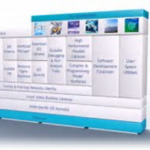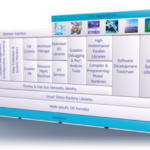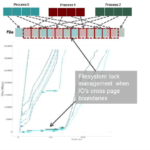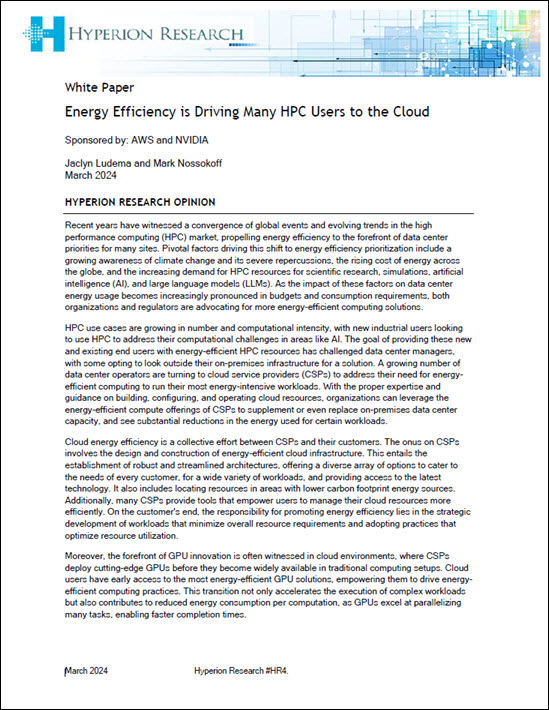High Performance Computing is extending its reach into new areas. Not only are modeling and simulation being used more widely, but deep learning and other high performance data analytics (HPDA) applications are becoming essential tools across many disciplines. This sponsored post from Intel explores how Plymouth University’s High Performance Computer Centre (HPCC) used Intel HPC Orchestrator to support diverse workloads as it recently deployed a new 1,500-core cluster.
A Simpler Path to Reliable, Productive HPC
HPC is becoming a competitive requirement as high performance data analysis (HPDA) joins multi-physics simulation as table stakes for successful innovation across a growing range of industries and research disciplines. Yet complexity remains a very real hurdle for both new and experienced HPC users. Learn how new Intel products, including the Intel HPC Orchestrator, can work to simplify some of the complexities and challenges that can arise in high performance computing environments.
How to Avoid Storage Bottlenecks in the Flash Era
Businesses with I/O-intensive computing environments run into new software challenges almost daily – and many of these concerns today revolve around storage as data continues to grow. DDN is working to help solve one of the challenges to avoid storage bottlenecks. Download this paper to learn about a new software solution that manages at-scale flash to eliminate file system bottlenecks and voids old rules for I/O application optimization.
Building a True Data Solution
Many of the biggest challenges in current data center deployments involve moving and protecting the massive amount of data that is used by today’s leading companies. In this sponsored post from One Stop Systems, Inc., Tom Matson, Director of Software Solutions Sales at SanDisk, explains how a successful data solution is built. “With flash migrating from PCIe to NVMe, OSS continues to offer a “one-stop” hardware and software solution for high-performance AFA storage that combines their industry-leading systems with the latest version of high-performance ION software.”
Fujitsu Unveils Processor Details for Post-K Computer
The Fujitsu Journal has posted details on a recent Hot Chips presentation by Toshio Yoshida about the instruction set architecture (ISA) of the Post-K processor. “The Post-K processor employs the ARM ISA, developed by ARM Ltd., with enhancements for supercomputer use. Meanwhile, Fujitsu has been developing the microarchitecture of the processor. In Fujitsu’s presentation, we also explained that our development of mainframe processors and UNIX server SPARC processors will continue into the future. The reason that Fujitsu is able to continuously develop multiple processors is our shared microarchitecture approach to processor development.”
Chris Willard Presents: HPC Software in 2014
Chris Willard from Intersect360 Research presented this talk at the 2014 HPC Advisory Council Spain Conference. “This presentation presents results from our most recent end user research. It focuses on middleware and applications software use in HPC environments with emphasis on differences between segments, including: open vs. ISV suppliers, industrial vs public sectors, variations between vertical markets, and high performance business vs technical computing.”









